Want to boost your customer experiences and increase your rankings on Google’s page? Then we suggest you to use Magento 2 Page Speed Optimization Extension that will help you to utilize Google’s WebP image compression format to load images faster than before and have many more amazing features.
Because a better user experience begins from the time to the first byte of your website (TTFB). And We have certain ideas to help you calculate your first byte (TTFB) time and boost it. Within this blog, we’ll discuss what is TTFB, and how it can be minimized to load the pages easily.
When users navigate a URL in their web browser, a network request is made by the client to access the information. The request is answered by your server and the content of the page is returned. The server may need to do a lot of work to return a page that contains all the content users want.
For instance, if users look at their address book, the server needs to collect the address of each user from a database, and then insert that information into the page.
Optimizing the server to do this work as soon as possible is one way to minimize the amount of time the customer spends waiting for pages to load.
What is Time to First Byte (TTFB)?
TTFB refers to the amount of time it takes for a browser to create a server connection and start downloading a web page’s content.
TTFB contains 3 separate components –
- Requesting to server – The first thing that happens when someone visits your website is that an HTTP request is sent to the server from the client (browser). There can be a variety of factors in this step which can cause delays. Slow DNS lookup times may help to increase the request time.
- Processing the Request – After the request is submitted, the server will now process it and produce a response. This includes starting processes, making calls to the database, running scripts, and communicating with other networked systems.
- Response to the Client – After the request is processed by the server, it must then send it back to the client (or send the first byte back). This is significantly impacted by both server and client network speed.
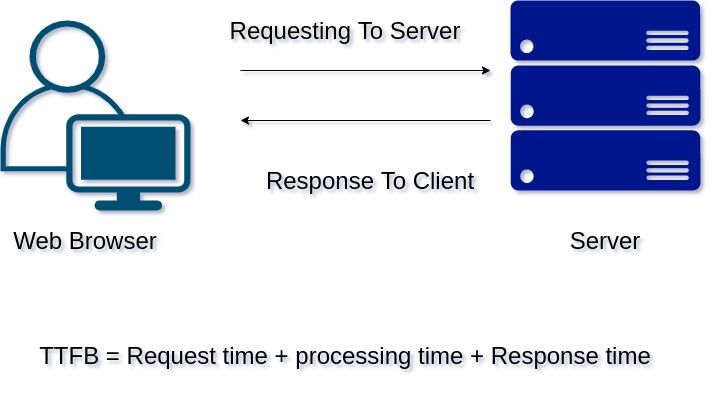
Let’s Discuss How to Calculate TTFB
Before reducing the TTBF, it is very important to measure is properly. There are several ways to measure it like via the Gtmetrix performance report or webpage performance test and we are going to use them to analyze the performance of the website.
Here in this blog, we have a demo in which we are measuring the performance of the website – cloudkul.ga via Gtmetrix or webpage performance test and then improving the Time to the first byte of the website to load pages faster.

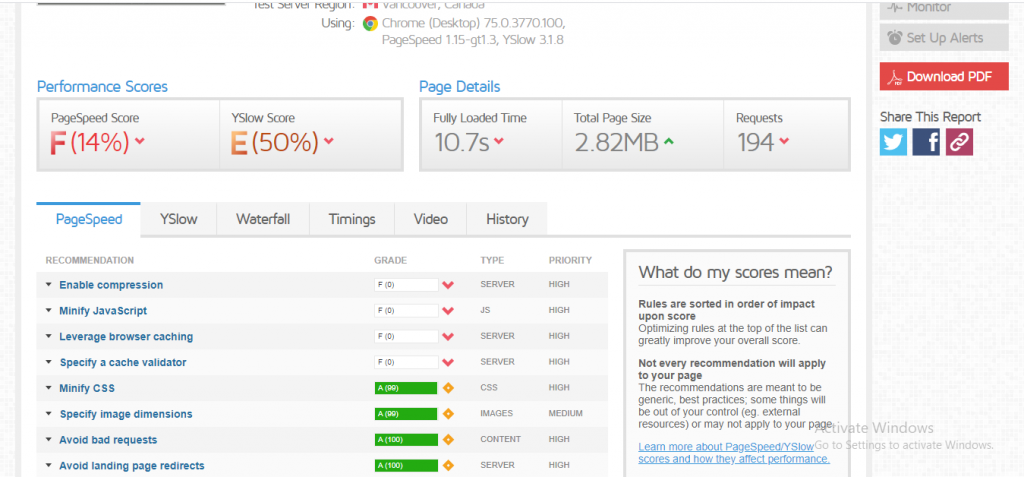
Profiling – Analyse your long loading queries
We should analyze why our website is loading so slow and which line of code is slow to execute. Here you can learn more about Profiling in Magento 2. It will describe in detail which block of code is used in the slow loading of a page and how long each block takes to complete its task.
How to Reduce Time to First Byte (TTFB)
Leverage Browser Caching
You need to edit your HTTP headers to set the expiry times for certain types of files to enable browser caching. The main reason why browser caching is important is that it reduces the load on your web server which ultimately reduces your users’ loading time.
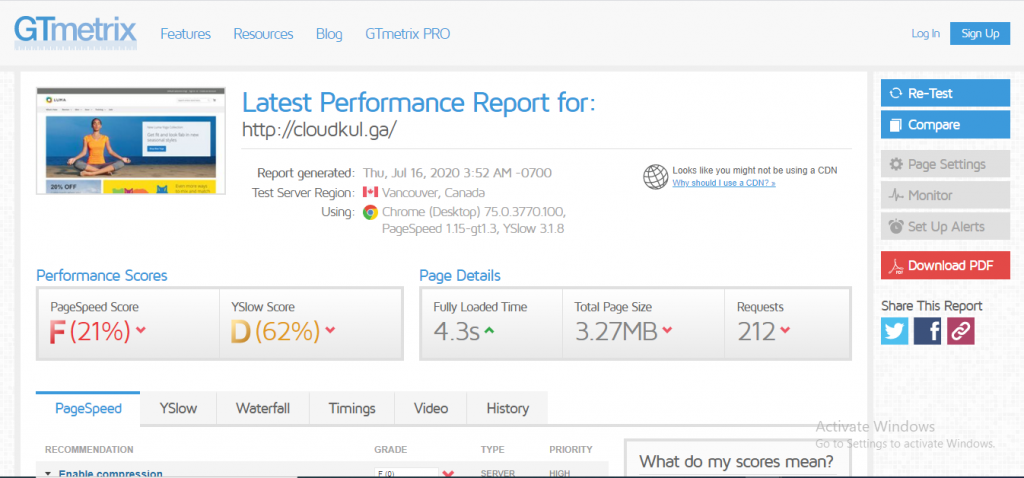
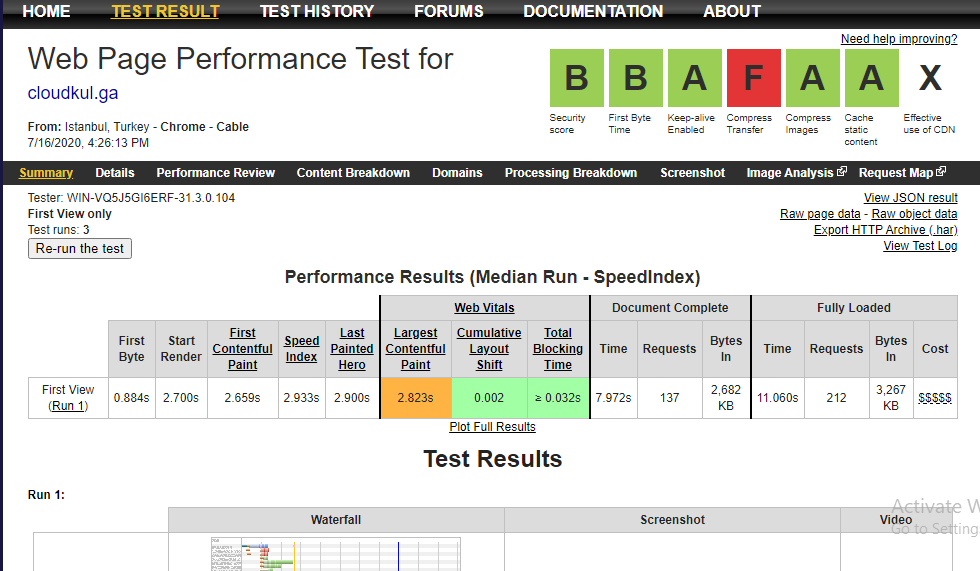
Front – end Optimization
To optimize the frontend of your website you can use the gzip component which is the most popular compression method. And you can configure an entity tag (ETag) which is an HTTP header used for Web cache validation and user conditional resource requests.

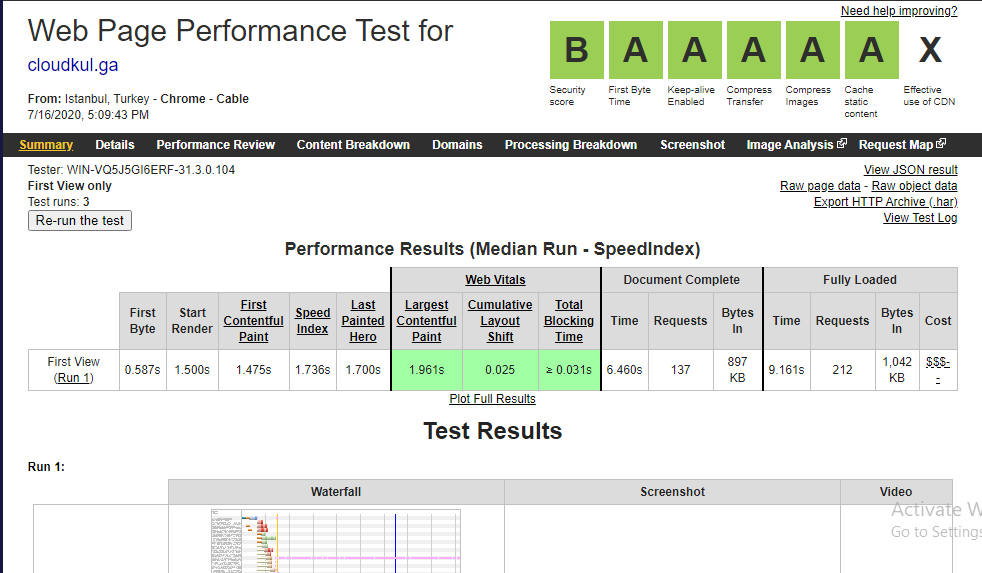
Full Page Cache
Full-page caching enhances response time and lowers server load. It is highly recommending in production that all Magento 2 stores use Varnish Cache for optimum performance.

Lazy Loading and Webp image support
Enable Lazy Loader to optimize the images to appear as per the scroll of the user. And you can use webp image format which is a modern image format that offers the most lossless and lossy image compression. WebP images are 26% smaller in size than PNGs.

Here we have one plan – Speed optimization Extention for Magento 2 which will help you to convert images into .webp image format to optimize the speed of the website and to speed up the images.
Reduce Page Size
In order to reduce page size, we can resize/ compress the images, minimize HTTP requests and we can minify/merge the JSS and CSS files to load the pages faster.
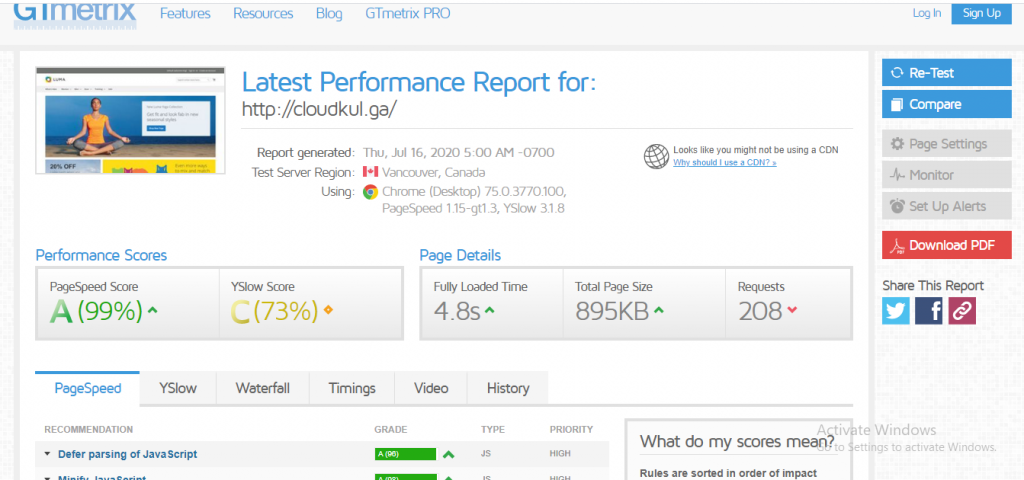
To improve the TTFB, certain parameters are listed above like reduce Dom size, lazy loading, use caching, gzip and configure e-tags, etc. But to know about more parameters you can refer these 14 golden rules to improve the performance and reduce the Time to First Byte of your Website.
Conclusion
We have successfully reduced the Time to first byte and improved the performance of the website. Everything begins with page loading. If your website is fast, as a result, you have the probability of higher conversion rates and lower bounce rates. Lowering the TTFB is good for user experience because it makes the site more reactive and quicker. Such guidelines have the ability to dramatically boost the efficiency of your website. Many of them are very easy to incorporate and will bring tremendous improvements in response time.
If you want to optimize your website then we are here to help you out, we can optimize your website to improve its performance.
Need Support?
Thank You for reading this Blog!
For further more interesting blogs, keep in touch with us. If you need any kind of support, simply raise a ticket at https://webkul.uvdesk.com/en/. Also visit our useful Magento 2 Extensions.
For further help or query, please contact us or raise a ticket.



Be the first to comment.